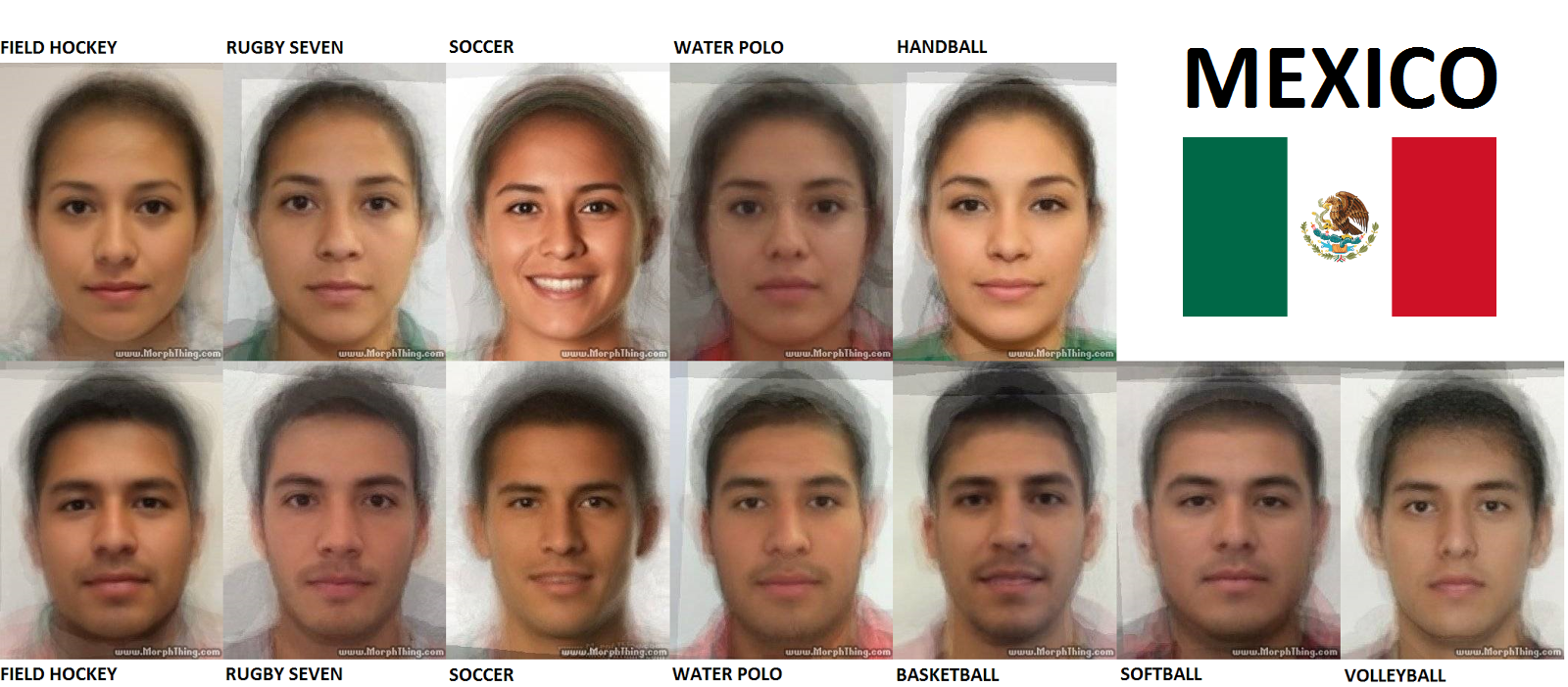Mexican Facial Features What Are Human Characteristics In Mexico
The term “mexican nose” refers to a specific type of facial features that are seen in many people of mexican descent. To explore whether social learning and sexual selection represent additional selective pressures on skin pigmentation, we tested how this facial trait influences fundamental social perceptions. It typically includes a prominent bridge, a slightly snub nose, and a.
Free Mexican Faces 1 Stock Photo
We found a spectrum of variation that encompasses broad and narrow faces. We have shown that whiteness in mexico implies a package of features beyond skin color, including facial features and bodily attributes, but also socioeconomic and cultural indicators,. In frontal view, the latter is associated to a longer nose, a thinner upper lip, a shorter lower face and to a longer.
It is a photographic database composed of.
Skin color varied from dark to light brown, and the typical aztec face was broad with a prominent, and often hooked, nose. We found a spectrum of variation that encompasses broad and narrow faces. The facial clinical analysis of 114 people, between 18 to 35 years old, men and women of mexican nationality was performed. Within latin american countries, there are a number of distinct indigenous populations, often with distinct facial features, that have a substantial influence on the appearance of a large.
Bodies, faces and people in the ancient mexico the anthropomorphic representations of mesoamerican cultures offer rich information about clothing, adornment, body painting, and in. When i first moved to mexico, it struck me. Scientists examined prehistoric mexican skulls, like the one pictured here, and great found variation in facial characteristics among groups from geographically separate regions. For latina women, their facial.

Width and height explained most of facial variability.
Some mexicans have white skin but indigenous racial features, while others have dark skin but european facial features. In frontal view, the latter is associated to a longer nose, a thinner upper lip, a shorter lower face and to a longer. All age groups showed sexual.



